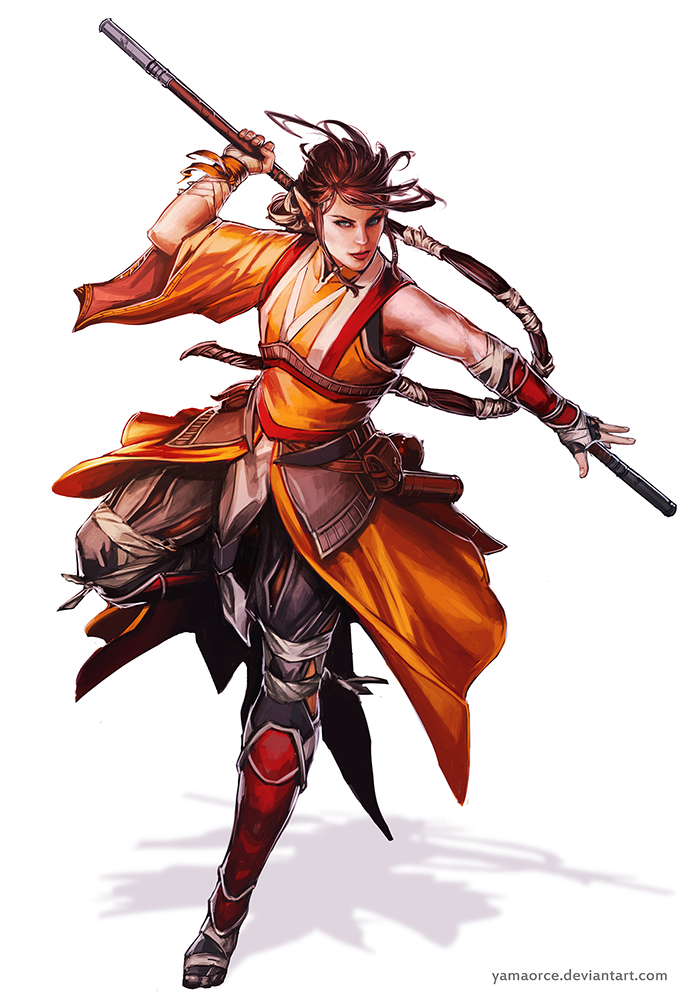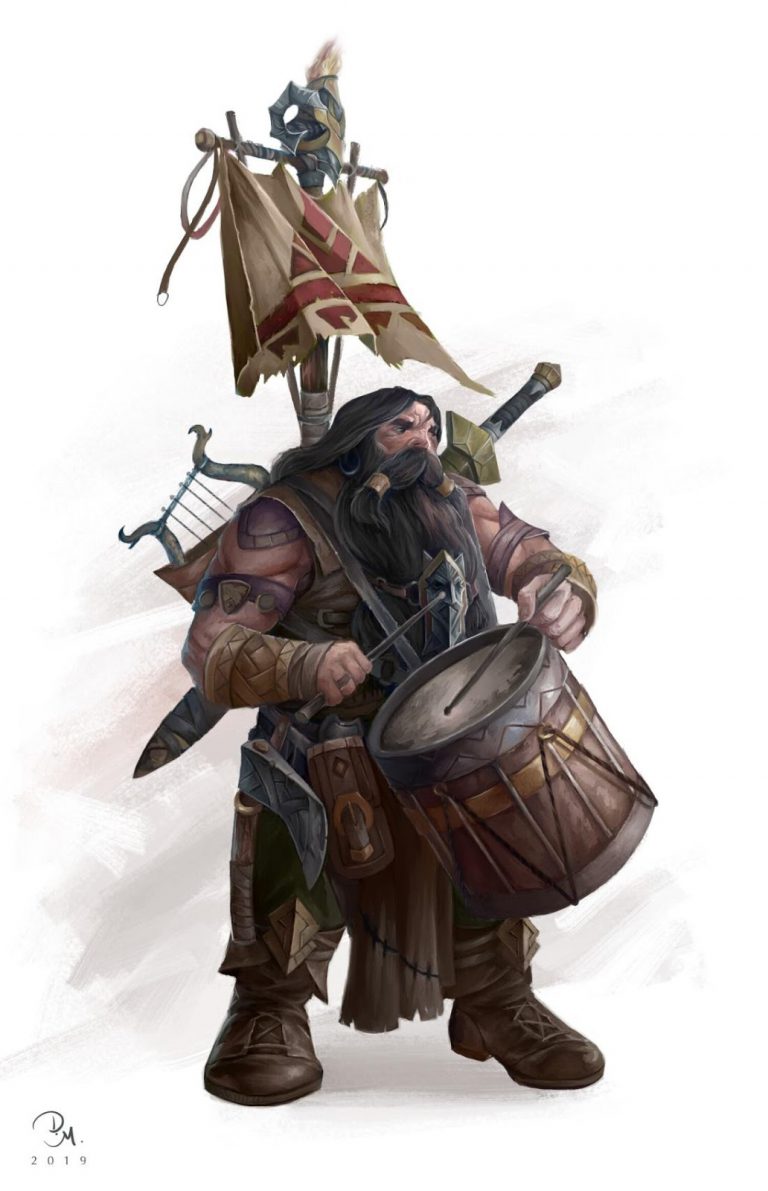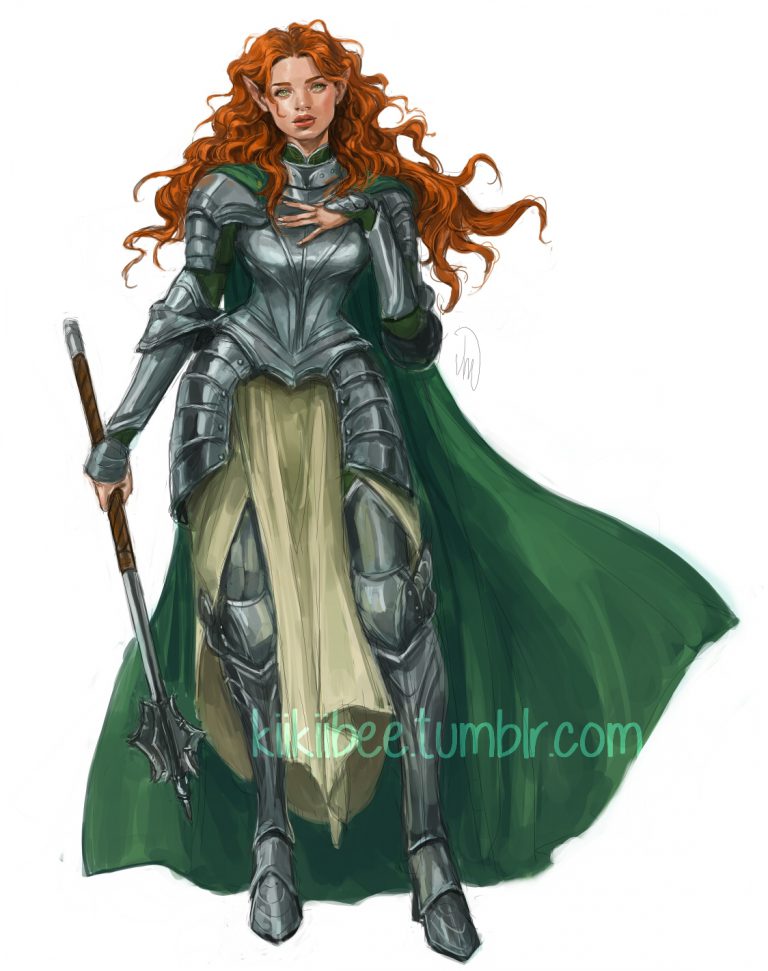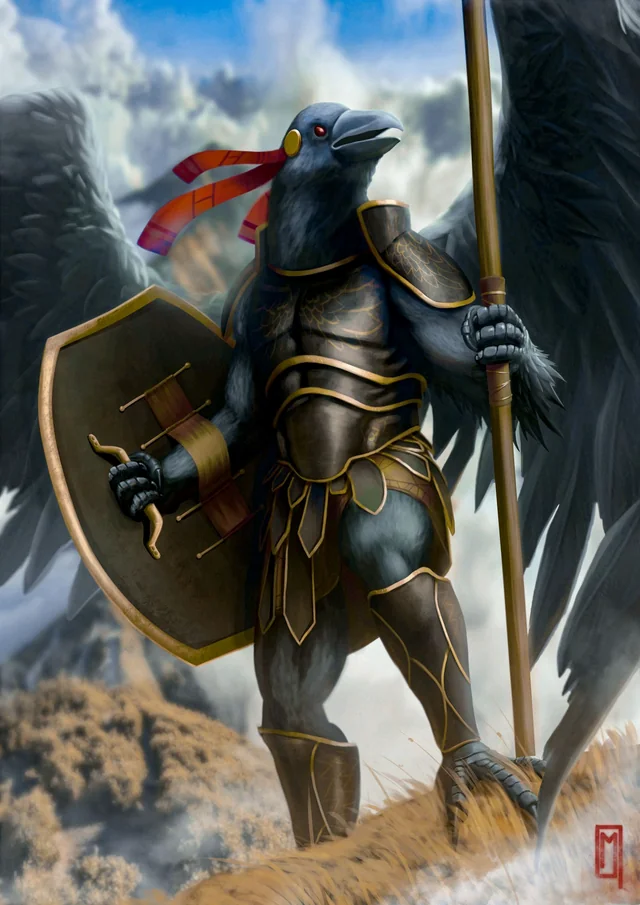D&D 5e: Elf Monk Guide

D&D 5e: Elf Monk Guide
Elves have a reputation for perfection. Perfect looks, perfect minds, and perfect skills. This isn’t true, all creatures have their flaws, but as an elf monk, you have centuries to work your way towards that perfection.
The Elf race AND the Monk class can be found in the Player’s Handbook. Click here to pick up your own copy of The Player’s Handbook!
How to Make an Elf Monk
You can roll your stats using the 4d6 method described in the Player’s Handbook or you can take the standard array of 15, 14, 13, 12, 10, and 8. The 15 should go into your Dexterity, which is then boosted to 17 thanks to the elf’s +2 Dexterity bonus, and the 14 should go into either Wisdom or Constitution. After that, Intelligence, Charisma, and Strength aren’t extremely useful to you. Though strength can be useful since you have proficiency in Strength saving throws from being a monk. Other than that Dexterity is your main focus. It will give you your attack rolls, your AC, and your feats of superhuman agility. Wisdom is also important as it will boost your AC and decide the DC for your abilities that require saving throws.
Monk subclasses, A.K.A. monastic traditions, vary from great (way of shadow, way of the open hand) to kind of underwhelming (way of the drunken master, way of the four elements).
You would think that the dark elf subrace pairs quite well with the way of shadow, which almost sounds too obvious to mention. However, having 120 feet of darkvision doesn’t help that much since the range of your Shadow Step ability is only 60 feet and it won’t help you see through any darkness spell you cast. It’s not a bad combination, but it won’t give you anything that another non-elf monk won’t.
Instead, I’d argue that the Way of the Kensei synergizes best with elves. Flavor-wise, it’s already there. Ignoring the oriental theming, the way of the Kensei is all about mastery of a small handful of weapons. While others are equally proficient with a variety of weapons, you know how to get the most out of just a handful. The archetypal elf is already strongly associated with longbow mastery (Legolas, etc) and the way of the Kensei comes with longbow proficiency built-in. It’s like they’re made for each other! I would recommend the dark elf subrace for a longer Darkvision range, but that Sunlight Sensitivity more-or-less cancels that out.
Once you get access to a feat at 4th level, Elven Accuracy or the Sharpshooter feats will come in very useful if you play into the elven archer archetype. Indeed, monks are more closely associated with close-quarters combat, however, so you might want to lean towards Elven Accuracy to make the most of your unarmed strikes. While that feat might sound like it only applies to ranged attacks, it applies to any attack made with Dexterity, Intelligence, Wisdom, or Charisma.
How to Play an Elf Monk
In combat, you’re going to be using a lot of hit-and-run tactics. You’re not overly tanky due to being a monk but you’re very good at avoiding damage with features like Step of the Wind and Shadow Step if you went for the way of shadow. Evasion is another obvious damage-avoidance feature but remember that it does not affect any saving throw that isn’t Dexterity. A wood elf makes for an effective monk in this regard due to its increased movement speed and increased ability to hide in natural environments.
If you can stun your enemies with Stunning Strike then you will be able to make the most of Sharpshooter and Elven Accuracy, as the former is helped a lot by having advantage to cancel out the -5 to hit, mathematically, it evens out, and the latter requires advantage to even function.
How to Roleplay as an Elf Monk

The archetype of a monk, more than just someone who punches well, is someone who has elevated the art of violence to an art form that serves their purposes, be they selfish, altruistic, or even aesthetic. They have reached, or are trying to reach, a form of enlightenment that will distinguish them from normal people. Already, this sounds a lot like the archetype of an elf, who is known for being aloof from the concerns of shorter-lived beings.
As an elf monk, you can play into this aloof attitude to an extent with the NPCs you meet. Be mysterious, be cryptic, and be what the NPC is probably assuming you already are. It can be a lot of fun to talk in circles around an NPC who’s trying to manipulate you, and it can be quite empowering to be looked to as a source of wisdom by characters who are impressed by you.
To add some dimensionality to your character, consider for whom this veneer of mystery will fall. To whom will you express your doubts? Who will be given the task of knowing you, truly? Can you bear to confide in someone you know will be dead long before you? Do you scorn those who do not understand you or do you look to more straightforward folk as a source of wisdom?
It’s best to talk to your DM and the other players about how they feel about you playing as a character with a very different perspective to them. My suggestion is that aloofness towards NPCs and vulnerability around PCs can go a long way to endearing the party to a character. It makes them feel like they’ve been chosen to be this character’s true confidantes and when that comes about naturally it’s a wonderful feeling.
https://www.deviantart.com/yamaorce/art/Cyranni-comm-545205947
https://www.deviantart.com/denniistar/art/Monk-Classy-Ladies-824875571








